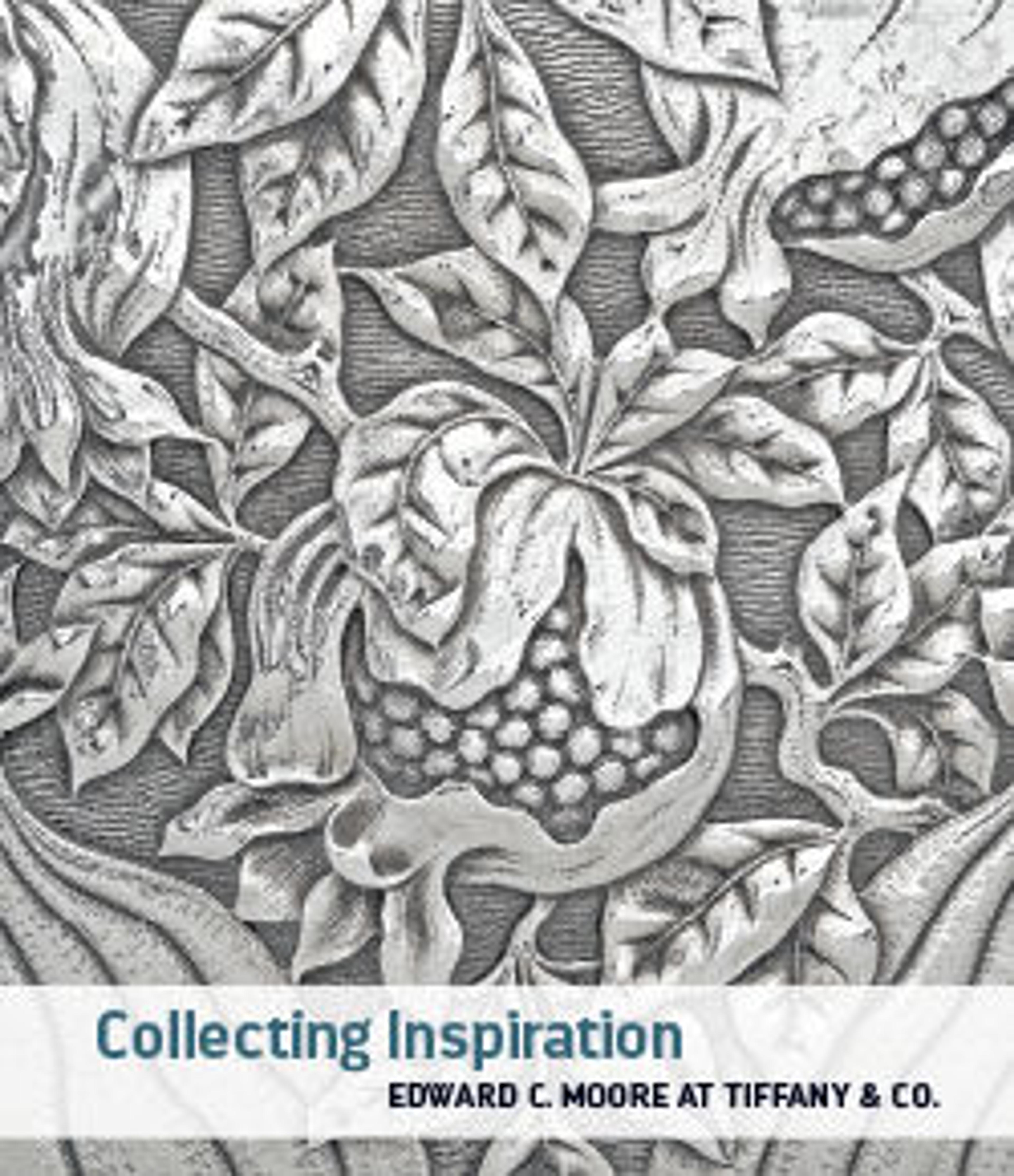Match Case
This match case and related cigarette case (41.140.2) are rare surviving examples of Tiffany & Co.’s laminated metalwork. The marbled surfaces show Tiffany's mastery of the Japanese metalworking technique mokume-gane (meaning "wood grain" or, literally, "wood eye"). The silversmiths at Tiffany experimented tirelessly until they discovered their own method of creating the laminated material, an achievement that had eluded Western metalsmiths. Their process involved layering, soldering, and compressing sheets of metals and alloys together, then manipulating the result by drilling, hammering, and rolling. Initially employed as an accent, the swirling laminate was soon being used to create entire objects, like this one. A surviving technical manual records that staff treated the surface with muriatic acid to impart the polished, glassy finish.
Artwork Details
- Title: Match Case
- Maker: Tiffany & Co. (1837–present)
- Date: ca. 1889
- Geography: Made in New York, New York, United States
- Culture: American
- Medium: Gold, silver, brass, patinated copper, gold-copper alloy, silver-copper alloy, and patinated copper-platinum-iron alloy
- Dimensions: 2 3/8 x 1 1/4 x 5/8 in. (6 x 3.2 x 1.6 cm); 1 oz. 18 dwt. (59.7 g)
- Credit Line: Gift of Susan Dwight Bliss, 1941
- Object Number: 41.140.3
- Curatorial Department: The American Wing
More Artwork
Research Resources
The Met provides unparalleled resources for research and welcomes an international community of students and scholars. The Met's Open Access API is where creators and researchers can connect to the The Met collection. Open Access data and public domain images are available for unrestricted commercial and noncommercial use without permission or fee.
To request images under copyright and other restrictions, please use this Image Request form.
Feedback
We continue to research and examine historical and cultural context for objects in The Met collection. If you have comments or questions about this object record, please complete and submit this form. The Museum looks forward to receiving your comments.
